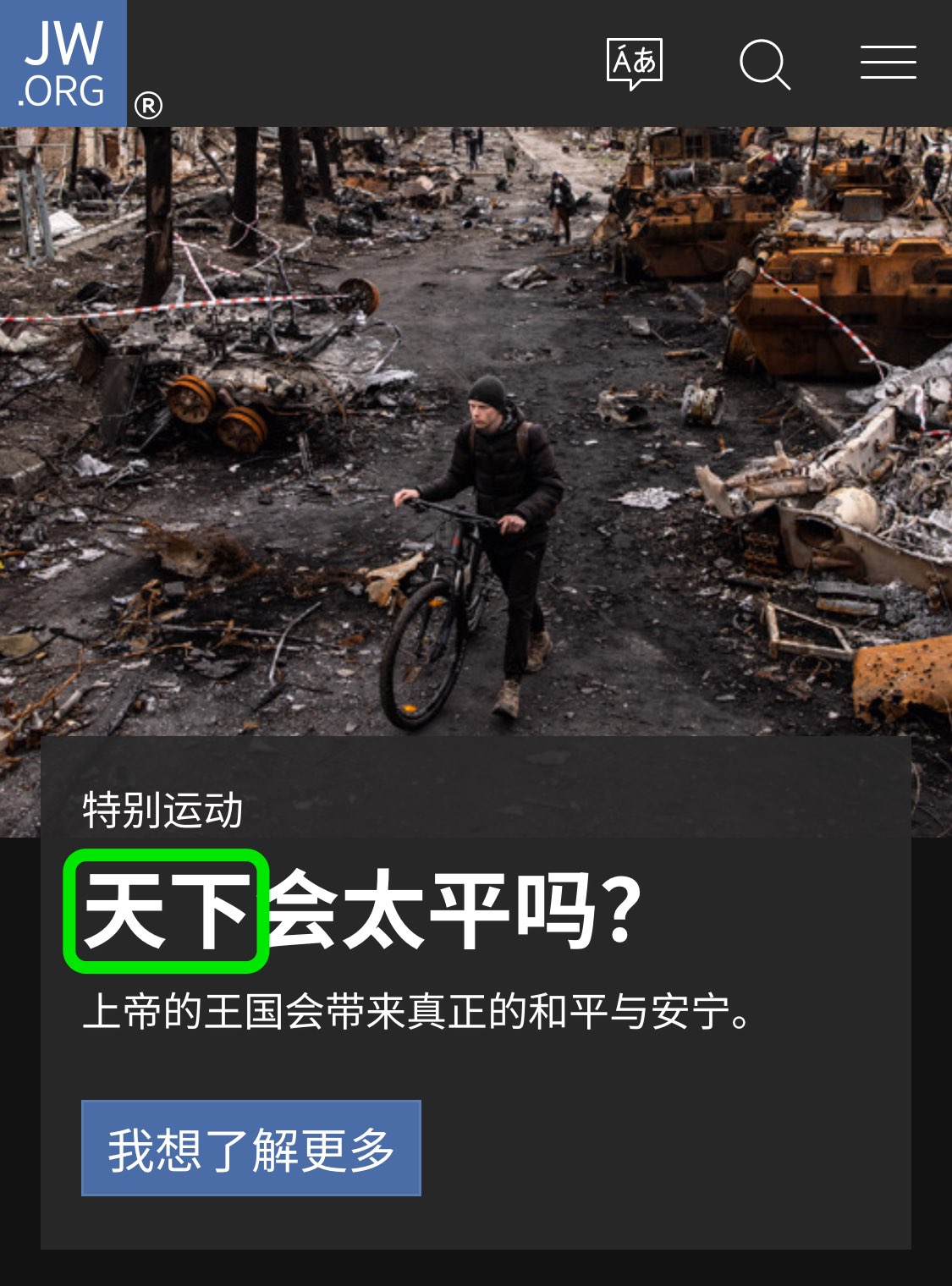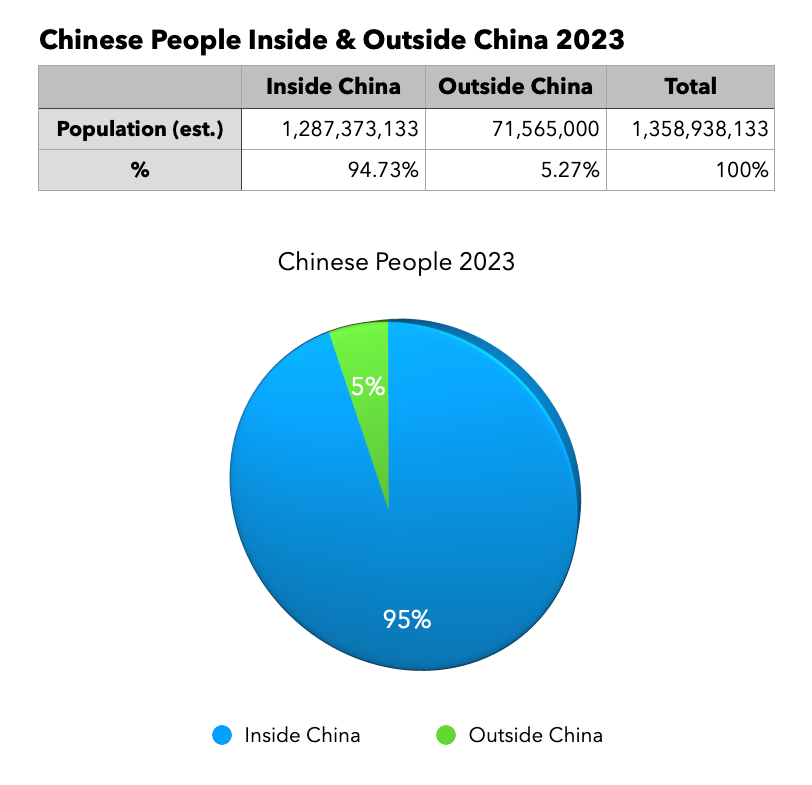áizhèng (ái·zhèng cancer · disease → [cancer] 癌症 癌症/癥) ← Tap/click to show/hide the “flashcard”
[Notes: Tap/click on a Pīnyīn (Pīn·yīn {Piecing Together of} · Sounds → [Pinyin] 拼音) expression to reveal its “flashcard”; tap/click on a “flashcard” or its Pīnyīn (Pīn·yīn {Piecing Together of} · Sounds → [Pinyin] 拼音) expression to hide the “flashcard”. 📖 📄 📘 icons mean 📖 Reveal All, 📄 Reveal Advanced, and 📘 Reveal None re all the “flashcards” in the heading, paragraph, etc. that they are placed at the beginning of.]
The new format of the Enjoy Life Forever! book incorporates the post-paper technology of video, which enables real-life experiences to be related in an especially vivid way. For example, the video for Lesson 09, point 6 of the Enjoy Life Forever! book, entitled Prayer Helps Us to Cope, enables us to see and hear Br. Matteo Dalla-Longa and his mother relate their experiences of how prayer helped them to cope with his cancer. (A Pīnyīn (Pīn·yīn {Piecing Together of} · Sounds → [Pinyin] 拼音) Plus transcript for the Mandarin version of this video is available here.)
The Mandarin version of this video begins with Br. Dalla-Longa saying this:
📖 📄 📘 Wǒ (I 我) zài (at 在) bā (eight 八) suì ({years (of age)} 岁 歲/嵗) de (’s 的) shíhou (shí·hou {(particular) time} · season 时候 時候) déle (dé·le got · [indicates a change] 得了) yì (one 一) zhǒng ({type of} 种 種/种) hǎnjiàn (hǎn·jiàn rarely · seen 罕见 罕見) de (’s 的) áizhèng (ái·zhèng cancer · disease → [cancer] 癌症 癌症/癥).
The expression that he concludes with above, “áizhèng (ái·zhèng cancer · disease → [cancer] 癌症 癌症/癥)”, means “cancer”, and it is this week’s MEotW.
The New, Improved Mandarin Word for “Cancer”
Interestingly, the Mandarin word for “cancer” wasn’t always “áizhèng (ái·zhèng cancer · disease → [cancer] 癌症 癌症/癥)”. Before, unfortunately, the Mandarin word for “cancer” sounded exactly like the Mandarin word for “inflammation”. One can just imagine the potentially fatal misunderstandings that could arise from this situation! This is an especially potentially harmful example of what some call Mandarin’s Homophone Problem, the unfortunate reality that modern Mandarin has many homophones, or different words that sound the same.
Many people have gotten into the cultural habit of dealing with this problem by referring to how the same-sounding words are written with different Chinese characters. However, the way that this problem involving the old Mandarin word for “cancer” was actually solved shows up the common approach of relying on characters to disambiguate (clarify) Mandarin homophones to be the crutch and band-aid solution that it really is. As explained in the article “Pīnyīn (Pīn·yīn {Piecing Together of} · Sounds → [Pinyin] 拼音) Was Plan A”:
Perhaps Chinese became so full of homophones because people came to rely more and more on the characters to distinguish homophones from each other, rather than finding other ways to alleviate the problem. Those other ways could include:
- …
- Reducing the number of homophones by
- …
- Changing the pronunciations of existing syllables within homophones
- Some examples are cited here by Zhōu Yǒuguāng (周有光, Zhou Youguang), who led the team that created Pīnyīn:
- Changing the pronunciations while keeping the same expressions
- “For example, ‘cancer’ (癌症) and ‘inflammation’ (炎症) were both pronounced as ‘yánzhèng’ in the past. Now in hospitals, ‘cancer’ is pronounced as ‘áizhèng’ and has the same meaning as when it was pronounced ‘yánzhèng’ in the past, but it has acquired a different pronunciation and is, thus, differentiated from ‘inflammation’ (yánzhèng).”
Better than Chinese Character Band-Aids
Yes, as the above-mentioned article goes on to explain:
So, rather than just being seen as a solution to the problem of homophones in Mandarin, perhaps (over?)reliance on characters should also be seen as part of the cause of that problem in the first place, and as a big factor in perpetuating that problem when people should really be developing other, more appropriate solutions! As Einstein said, “Problems cannot be solved by the same level of thinking that created them.”
In this respect of seeming to offer a way to solve a problem that they helped to cause in the first place, Hànzì remind me of mobsters who demand compensation for their “protection”, which people wouldn’t need in the first place if the mobsters weren’t around!
Regarding the real root of the homophone problem, Zhōu Yǒuguāng with great insight pointed out,
Homophones are a problem of language, not “script.” The root of this problem lies in the pronunciation of the language (yǔyīn), not in the different ways of spelling the words (cíxíng).
Yes, relying on characters to differentiate Chinese homophones is at best a band-aid solution that actually makes the problem worse rather than getting at the real root of it: the pronunciations of the affected words. Yes, the best way to deal with homophones is to eliminate them by changing their pronunciations so that they are no longer homophones, just like you can eliminate your enemies by turning them into your friends, rather than continuing to pay “protection money” to certain characters who are actually helping your enemies to keep on being your enemies. While it may seem radical to thus get at the root of the problem by changing the language itself in ways such as those mentioned above, the truth is that languages are naturally changing in such ways all the time, as shown by the actual examples mentioned above. We who use a language can and should change it as necessary by using it differently. People are doing it all the time with English, and they are doing it with Chinese too.
Meanwhile, the ultimate clarifier in modern Mandarin, even with all its existing homophones, is context, not characters. Characters themselves can have multiple possible meanings and multiple possible pronunciations, so one often has to, yes, check the context of something written in characters before the meaning and/or pronunciation of certain words in it can be determined with certainty. For example, should “恶(惡)” be pronounced as “ě”, “è”, “wū”, or “wù”, with their different associated meanings? It ultimately depends on the context—the character on its own is still ambiguous, not enough to clarify things.
So, that there are so many different words in modern Mandarin that sound the same is not a good reason not to use Pīnyīn, any more than it is a good reason not to speak Mandarin. Ironically, it is actually a good long-term reason not to use characters!
For convenience:
The direct link for the current generation Pīnyīn (Pīn·yīn {Piecing Together of} · Sounds → [Pinyin] 拼音) Plus resource for the Enjoy Life Forever! book is:
The short link for Chinese field language-learning links for the Enjoy Life Forever! book is:
More Pīnyīn (Pīn·yīn {Piecing Together of} · Sounds → [Pinyin] 拼音) and Pīnyīn (Pīn·yīn {Piecing Together of} · Sounds → [Pinyin] 拼音) Plus web material based on the Mandarin Enjoy Life Forever! book will be made available in the Pīnyīn (Pīn·yīn {Piecing Together of} · Sounds → [Pinyin] 拼音) Plus web resource as time allows.

